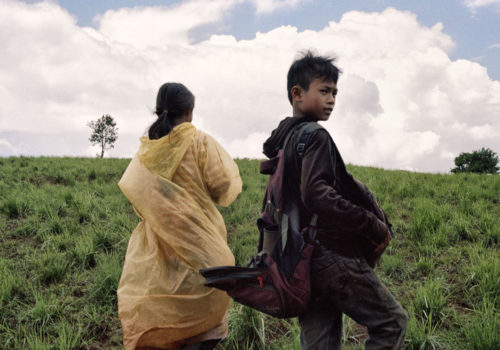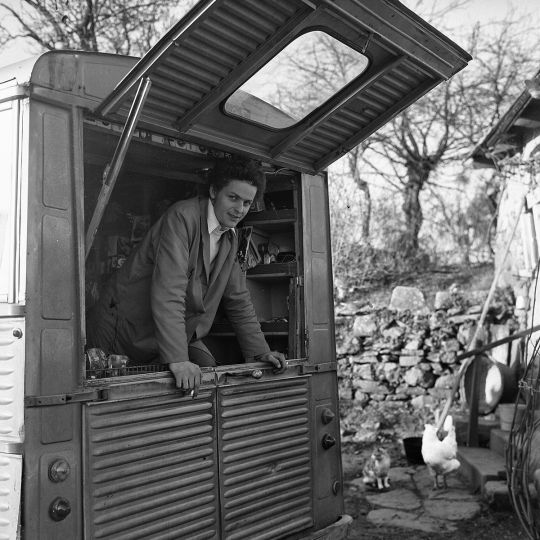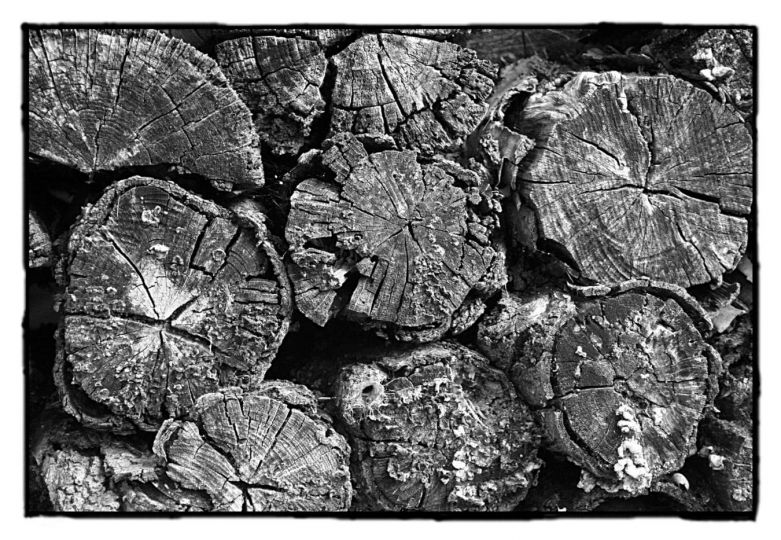The Price of Progress on the Mekong River
The Mekong River, a powerful 4,350km-long river that runs from southern China to southern Vietnam, is one of the most biodiverse places on Earth—second only to the Amazon River. The Mekong is home to a species of critically endangered freshwater dolphin, a giant catfish, and way too many fish, mammals, and crocodiles to list. It’s also the engine behind Vietnam’s rice industry—the second-biggest in the region. It’s basically feeding hundreds of millions of people every single day, making it one of the most-important rivers in the world.
But it’s also facing an uncertain future thanks to another, incredibly popular commodity—sand. For decades, sand miners have dredged the river and dug up its banks along stretches from Myanmar to Vietnam to feed an unsuitable regional demand for tiny grains of sand—a key component in concrete and asphalt. The banks of the Mekong are basically the building blocks for the world’s cities and roads—and the people of Southeast Asia are paying the price.
In 2016, I decided to set out and travel down the Mekong River to see the effects of sand mining first-hand. I packed 200 rolls of Kodak Porta 160, a Hasselblad panoramic camera, and a rough plan to start in Laos and make my way down-river to southern Vietnam.
Urbanization wouldn’t happen without sand. Take Singapore as an example. The wealthy city-state has increased its land mass by some 22 percent since the 1960s by reclaiming land from the sea and making new roads, office towers, and HBD apartment blocks. That makes Singapore, a tiny country that’s smaller than my old hometown of New York, one of the biggest sand importers in the world. And a lot of sand comes from the banks of the Mekong.
The constant erosion of the river’s banks makes the river itself more shallow (lower riverbanks mean wider, and therefore more shallow, rivers) and that equals fewer fish to sustain local fishing industries and feed the people who live nearby. The ironic part of the problem is that these sand miners live alongside the river too. They are basically working every day to dismantle their own environment and make their own future’s more precarious. But no one has time to think about stuff like that when you’re trying to feed a family.
My first stop was in Luang Prabang, the old capital of Laos, a relatively inland poor country that runs along China’s southern border. My driver crossed the border himself to start his own business in a country where he hoped opportunity would be better. He seemed to understand a lot about sand mining, but he was reluctant to answer too many of my questions. Maybe he was afraid it would hurt his business, or maybe he was suspicious that he was being investigated by a journalist. When I arrived in Luang Prabang, it was practically empty. The business was slow that time of the year, so there were few workers around the Mekong’s riverbanks. Instead, I found empty barrels of gasoline, discarded wheelbarrows in the forest, and massive piles of sand.
Next, I traveled for a half-day down to Hou Ykaze, A man, about 40 walked toward me during my time in the village. He was holding pipe fashioned out of an old bomb. The words US Army were written along the side of it. The US dropped more than two tons of bombs on Laos during a nine-year secret war. That averages out to a planeload of bombs dropped every eight minutes for nearly a decade.
One day, when the man was still a kid, he picked up a strange item he found in the woods and it blew up, damaging his left eye. It was one of the 80 million bombs that fell on the country but failed to explode… until later when a child found one and held it in his tiny hand.
The village’s roads were covered with rust-colored dust. The trees had been cut down and sold off to be used as timber in other countries. One of the men who ran boats up and down the Mekong pointed toward the outer shore and explained that it was planned to be the last stop on a China-bound railway that would open in 2020.
Continuing south to Vientiane, the capital of Laos, I found some laid-back sand miners extracting sand from a pit at a sluggish pace. The workers, some of them as young as 11 years old, were earning the equivalent of $10 USD a day. But that was the only work being done at the site. The local engineers hadn’t even built a road to the location yet.
When the workers filled a tractor with sand it took another six-to-seven people to drag the tractor through the muck—the wheels splashing, the engine sputtering the entire time.
The land surrounding the sane mine was barren and unsuitable for planting rice. The locals instead depended on fishing to earn a living. The mangrove trees that lined the riverbanks once provided a safe haven for all kinds of fish and crab, turning that section of the Mekong into a rich ecosystem. But the erosion that came with the sand mining destroyed the riverbanks while a series of newly built dams hurt the reproduction cycles and migration of the fish.
I only met two fishermen actually trying their luck in the river. “These fishing nets will be useless in the future. No one will fish anymore.”
The next day I continued on, hopping on a small wooden boat heading toward Kunlong Island. But the river’s current was really strong, and eventually we had to get off on the opposite bank. I watched as a fisherman crossed the river on a single slippery bamboo pole. If he fell, he could’ve been swept away by the current. It was a lot to hang your life on.
But so was fishing on the Mekong. Locals told me that less and less nets were being produced each year because there just weren’t enough fish to catch anymore. Sand mining and the dams had seen to that. Back in the day, as many as 100 different species of fish migrated down the Mekong River. Some of those fish would eventually end up in Laos. But those days, it seems, were now long gone.
By the time I arrived in Cambodia, nothing I saw on my trip seemed to fit together. Casinos, Khmer Rouge concentration camp, and orange-robed monks were not things I expected to see on a tour of sand mines. I rode a motorbike into the forest and ended up at a construction site.
Once again, I found pieces of China in Southeast Asia. A lot of Chinese-owned construction companies were buying up land in Cambodia. They were pretty easy to spot because these companies often brought their own workers with them, so every safety sign was written in Mandarin, not the local Khmer script. The Cambodian government offers preferential treatment to Chinese builders, going as far as evicting local Cambodians from their land so they could then sell the property off to developers. Protests occur, of course, but they do little to stop the march of evictions and development.
These same construction sites drive demand for even more sand. So as Phnom Penh expands, the Mekong that flows through the city suffers.
By the time I reached Vietnam, I entered the Mekong River Delta, a lush area known as one of Southeast Asia’s most-productive “rice bowls.” Rice farming at the Mekong River Delta was responsible for the livelihoods of some 17 million people. But, once again, developments along the Mekong loomed over the region. One study discovered that the 11 dams being constructed along the Mekong would eventually block the flow of silt and fertile soil from upstream, impacting the farmland.
Add in disastrous government policy—officials in Hanoi demanded that farmers plant three crops a year instead of two to boost yields and stripped the soil of needed nutrients. Then the region was hit by the worst drought in 90 years, drying up ground water and allowing brackish salt water to seep in and further damage the rice paddies.
A little further down the Mekong it flowed into Lake Jiulong and eventually out to the South China Sea. I watched as the winds and the waves caused a small boat to rock and sway. It felt like a metaphor for everything I just saw.
Sand mining is an economic necessity for many of the poorer people living along the banks of the Mekong. But the activity is driven by a demand beyond most people’s grasp. It was as if they were all floating on the tides of a global industry they had no real control over.
When the currents got too rough it was easy to fall off. And sadly, the only way to hold on was to damage your own environment to such a degree that life is only guaranteed to get even more turbulent in the near future. The waters were gentle on the day I arrived at Lake Jiulong. But, if things continue like they are, the waters won’t be for much longer.
Jian Gao
https://www.jiangaophoto.online
















